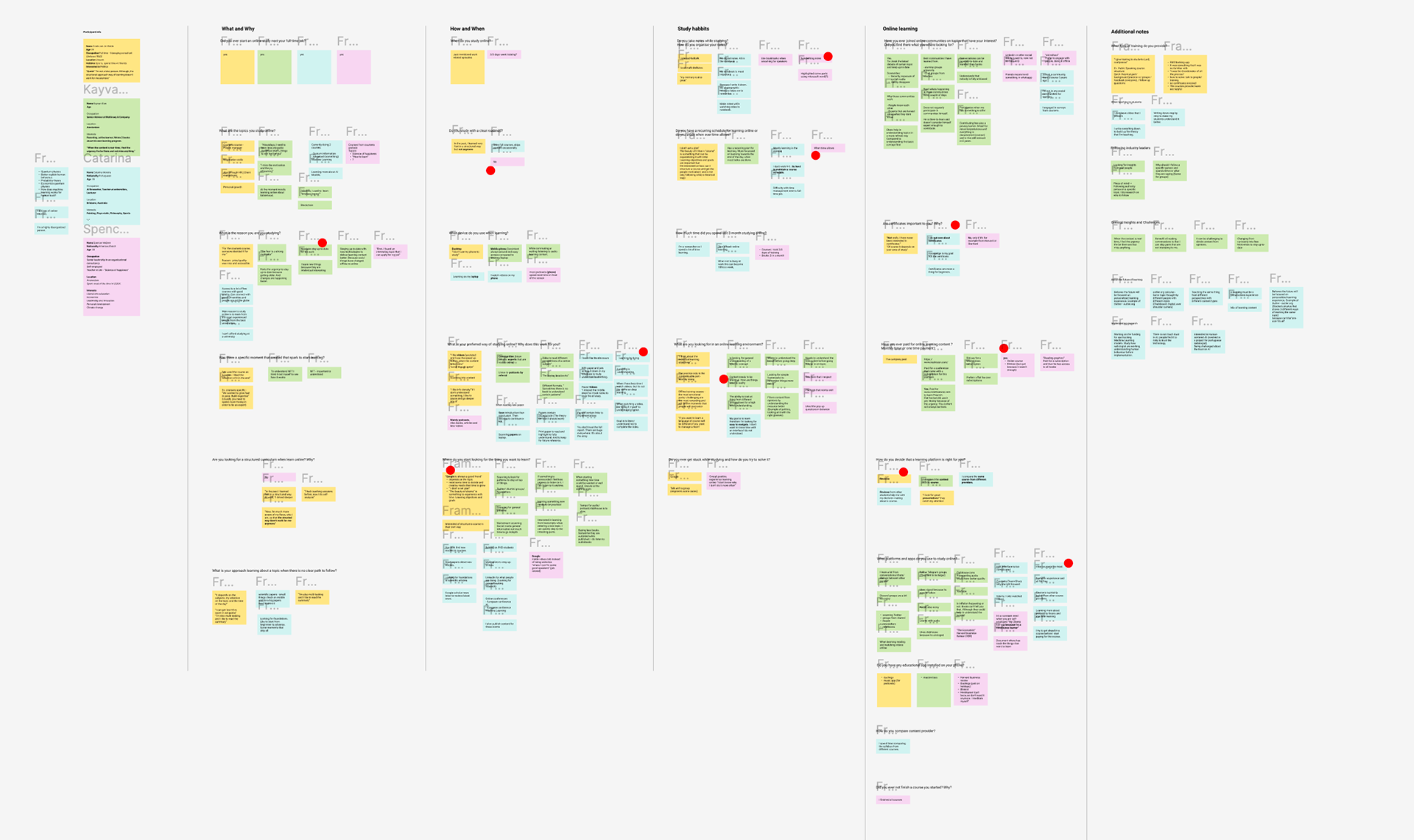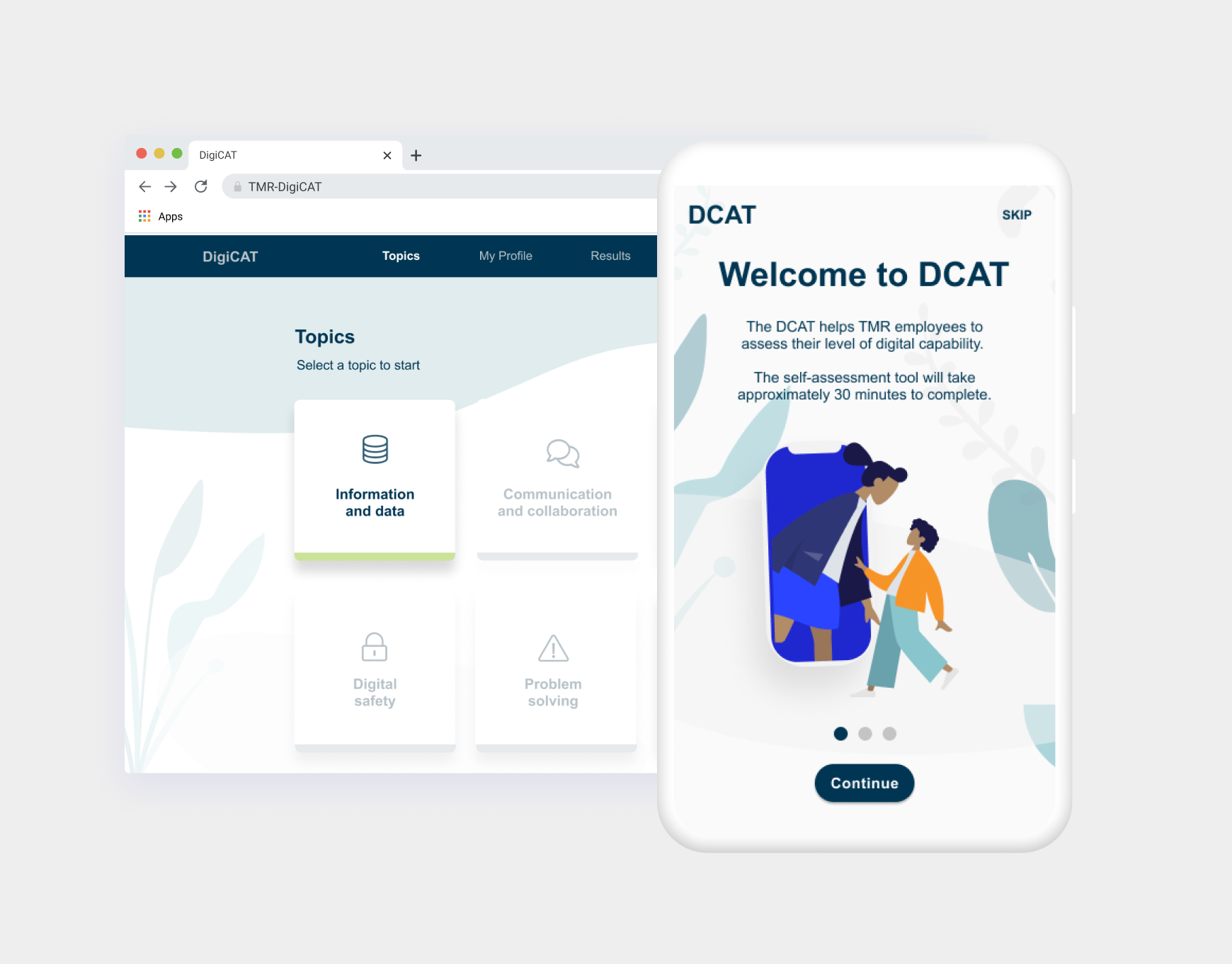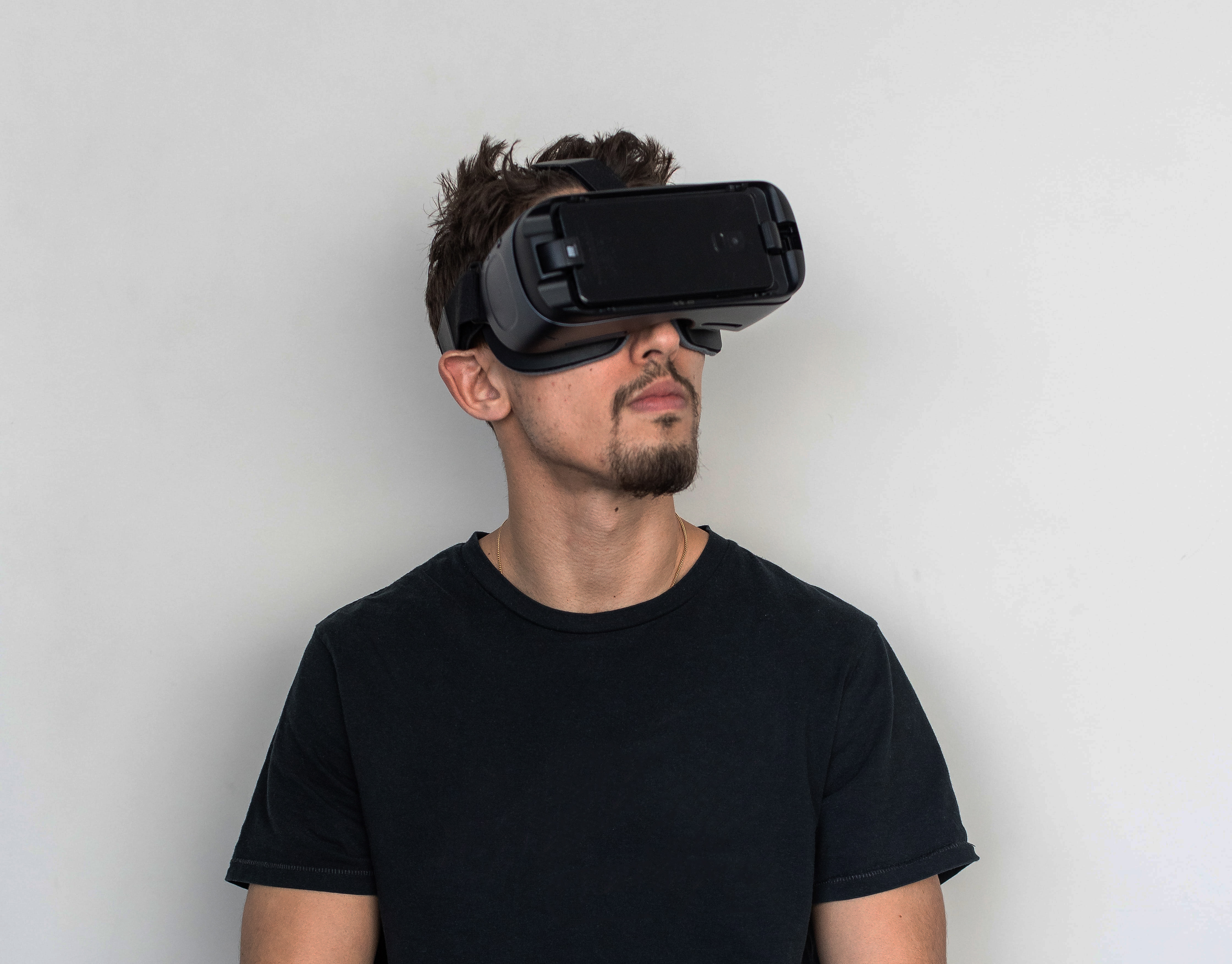Overview
For more than a year, I worked at KIMO, a startup in Amsterdam that aimed to revolutionize online learning. Simply put, KIMO enables you to master the latest digital fields, such as AI, Blockchain, Robotics, Metaverse, Digital Marketing, and more, according to your individual learning preferences. The platform draws content from top-tier sources and presents a vast array of formats, including articles, podcasts, videos, books, papers, cheatsheets, reports, and webinars. All combined in one platform across devices, as an example, you can read an extensive article on your desktop or listen to a podcast during your commute. KIMO is not just another content provider. By using AI, the company maps knowledge domains across the internet and offers precise recommendations to users who wish to pursue a specific learning path that matches their needs and interests.
Do you want to try it by yourself? Explore the WebApp or/and download it from the AppStores.
My role and responsibilities
When I joined KIMO, the web application was already up and running. My initial task, along with my team (a designer, backend, and frontend developers, PO, and CEO), was to develop a native app for both Android and iOS platforms from scratch. Our research revealed that most users were accessing the web application through their phones, and not taking full advantage of their functionalities.
While my primary responsibility was to focus on the app team, I also contributed to the WebApp project. To ensure consistency and quality across all devices, the team of designers developed and maintained a comprehensive design system. We participated in different stages of the design process, from conducting UX research to implementing the design, which is a benefit of working in a startup environment, in my opinion.
Understanding the problem
Do you ever feel overwhelmed when trying to start learning a new subject?
Are you unsure which course is best for you and meets the current demands of the job market?
The Internet Revolution and the Covid-19 pandemic have generated an abundance of information and made education more accessible with MOOCs (Massive Open Online Courses). However, online learning has also brought about significant challenges. Students often struggle to find direction, become disengaged quickly, lose focus easily, and feel disconnected from the course content and its relevance to their work.


User-centric design
Adopting a user-centric approach was crucial in addressing the challenges we faced. To obtain immediate feedback and achieve rapid product iterations, we conducted extensive user testing, including user interviews, usability testing, and A/B testing.
We also developed personas to gain a deeper understanding of the pain points, motivations, and learning habits of our users in an online environment. This enabled us to design a product that truly catered to their needs and preferences.
Learnings from user feedback
Our experience with user feedback taught us the importance of addressing current issues before adding new features to the app. We found that some features were not easily discoverable, leading to a lack of awareness among users about what KIMO does. Here are some examples of how we improved different parts of the app based on user feedback:
"How might we leverage the full potential of KIMO features?"
1. Onboarding
For first-time users, onboarding is a crucial part of the app experience. In just a few seconds, we need to capture their attention, explain the purpose of the app, and provide clear and concise instructions. Our onboarding process in the KIMO app is divided into several parts:
a) Introduction screens
We initially designed one screen, but based on user feedback, we added more screens to provide a better explanation of the app's features. The final screens now clearly showcase some of the key functionalities of the KIMO app.
MVP Version
In this version, we noticed users were clicking on the images (misleading with buttons)
b) Social login
Data showed us that there is no doubt that the majority of people log in thru social - google. It was tested, validated, and maintained.
c) Complete profile flow
Regarding the complete profile flow, it's important to find the right balance between asking enough questions to provide valuable recommendations and not asking too many questions that could discourage users from completing their profile.
In the image below, you can see some UI elements such as top navigation (previous and cross), the addition of a plus(+) to reinforce the selection, the down arrow (in small screen resolutions, the list of content was cut), and the "select all" button were improvements in terms of usability.
2. Search
Although it seemed quite a straightforward feature, mostly because it's something that we do every single day without thinking about it, however, as a team, we did a lot of user testing and re-design for these particular reasons:
a) Location
It had been suffering some changes over time, and being such an important feature it required a premium spot. From bottom navigation to the top navigation, it was something that needed to be visible and accessible all the time.
b) Glossary integrated into Search
This idea was something simple to implement and we wanted to see the value added to the user. As you can see, if you search e.g. deep learning, you will find also a definition (AI-generated answer) together with some suggestions.
We ran a quick test on Maze (30 participants) to test this new concept idea and, below you can see the test results.
b) Search queries
Data showed that users' search queries were not matching our expectations. Users needed help to know what can they search for - that is why we implemented some hints e.g. "What is Digital Marketing", "What is Metaverse" etc. which would show a different suggestion every 30 seconds.
The takeaway
A lot of iterations were made to the product since we start with the MVP until now, to incrementally add value to our users. I wished we could design, validate and test more. However, working in a startup, time, and resources are limited. On the other hand, working at KIMO gave me the opportunity to learn a lot at a fast-growing pace.


